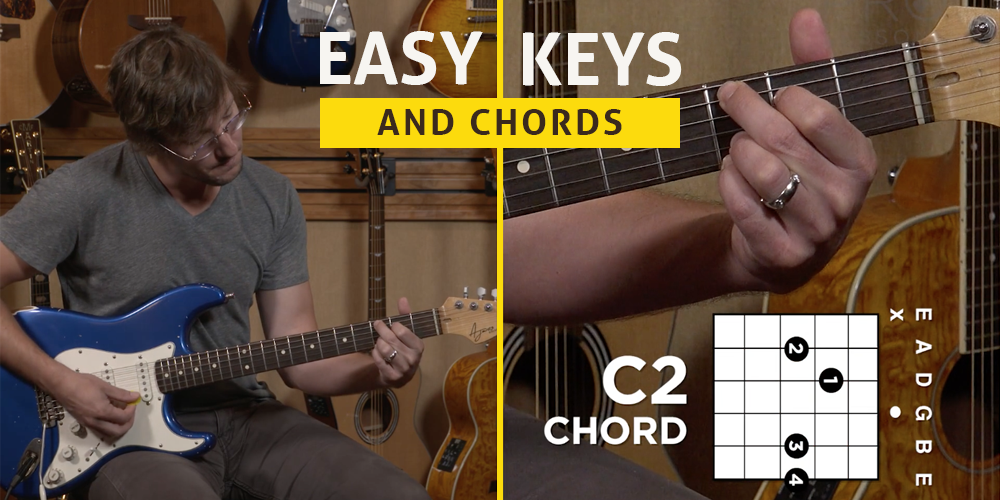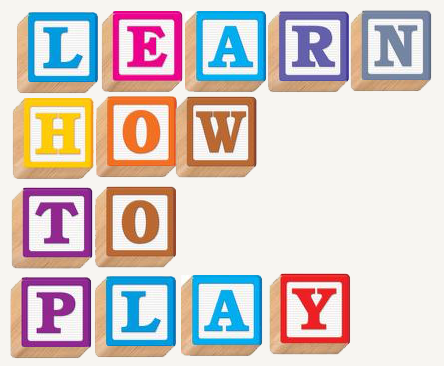FREE LESSON
PHIL KEAGGY - Grammy nominated and seven-time Dove Award winner, is one of the world’s great guitar players and a pioneer in contemporary Christian music.

Looking for guitar chords and easy keys? In our experience, there are 2 or 3 basic guitar keys that work best for beginners. Still, it requires some technique and determination to play any chord(s) on the guitar as you’re holding down wires with your chording fingers. That requires muscles you might not normal deploy.
Also, changing from chord to chord demands lots of repetition in order to get a nice clean transition between the chords. Then, there’s the strings you strum with the pick hand and the strings you don't strum as per chord.
It is very doable and with a little practice, you can be playing your favorite songs in no time. But, be prepared for some frustrating moments early on as you build the technique and muscle memory it requires to do it well.
This is our first and easiest guitar key. G Major has 7 basic chords, diatonically speaking that are used a lot in modern western music. Here’s the diatonic chords. Now, we’ll substitute the 7th scale degree chord simple because diminished chords are seldom used in modern worship or even pop / country songs.
Here we go: G Ami Bmi C D Emi D/F# G.
These are all easy enough to learn without using any bar chords which require holding down multiple strings. Hand placement and wrist angle is a big deal. You’ll have to keep your chord hand wrist down and your thumb on the center of the neck to apply the right pressure when making these chords.
Most of these chords require 3 fingers but some like A minor can simply be 2 fingers for an Ami7, or Emi7 can be a 1 finger chord. D/F# is a hybrid chord which requires 4 fingers or you can simple strum a D and let the bass player cover the F#. The main thing here is not to strum the low E and A strings when making the D chord.
Here’s the fun in this. You already know your C, G, Am, and Em from your G chords, so that leaves only 3 new ones to learn for the key of C Major. Isn’t that just lovely. Here’s the Diatonic Chords for C Major: C Dm Emi F G Am G/B C. Learn your Dmi chord, your F Chord and a G/B and you’re ready to play in C Major.
So here’s a tip, the G/B is also and Em7, so let shapes be a part of your memory bank. There are similarities between some chords that make it easy to remember them. The F major chord will be a potential challenge, so focusing on holding down the first 2 strings with your first finger and get the 2nd and 3rd finger notes nice and clear.
Hey, put your hand on the chord notes and with your pick, pluck each note oneat a time to make sure you’re not deadening or dampening any of the strings. If you don’t get your hand at the right angle, you’ll accidentally mute a string or 2 and the chord will sound incomplete or even rancid. If it sounds bad, something's wrong. Be patient and persistent, you’ll get it right eventually.
It’s a good thing to take a Kodak picture in your head of each shape when you have it right. Just look at it and memorize the placement of your fingers and the angle of your hand. If it is painful, you are probably doing it wrong.

Here’s the familiar chords from the 2 previous keys you’ll have in common in D Major. You know D, Emi, G, and Bmi. That leaves only F#mi A, and A/C# to learn for this new key of D Major.
See, it’s not as difficult as you might think. The Diatonic chords for the key of D are: D Emi F#mi G A Bmi A/C# D. The F#mi chord will be a new challenge. Like F Major, It requires holding down more than 1 string with 1 finger. That’s always fun. If you remember, you held down the 1st 2 strings with your first finger to make F.
Well, to make F#mi, you simple move the F chord over a fret, and instead of laying down your first finger on 2 strings, you lay it down now over the first 3 strings. Ouch! Yes, and add the 3rd finger on the 4th string, 4th fret.
Now, you have a beautiful F#mi chord and you’re starting to form bar chords which are very important to playing guitar. Remember not to strum the low E and A strings on this F#mi chord either. Little by little, bit by bit, you’ll develop into a convincing guitarist as you perfect these chords and add on others.
Ok, so the A major chords is pretty easy. It’s all on the 2nd fret. Hold down strings 2, 3, and 4 on the second fret and there it is. You strum from the A string or 5th string down on this one. You can use your 2nd, 3rd, and 4th fingers to make this one. Now, some people bar the 2nd fret, covering the 2nd,3rd, and 4th strings with just their 1st finger. Ok, so, if you do that, to make an A/C#, all you have to do is add the 3rd finger on the C# note which is the 5th string, 4th fret.
This one is a little hard but don’t give up, keep stretching and reaching till you get it and as mentioned before, pluck each note till they’re clear and then strum. This one is strummed from the 5th string down too, no big E string.
Finally, check out prolesson.com and learn how to effectively do these and other great guitar chords. Remember a capo will allow you to use these same chords up and down the guitar neck which will place you in key you wish or are required to play in. Capo on fret 1 and play the G chords and you’re in the key of Ab or play the C chords and your in C# or Db and play the D chords and you’re in the key of Eb and so on. It’s just math.
Getting started is the main thing. Tackle one key at a time and enjoy yourself.